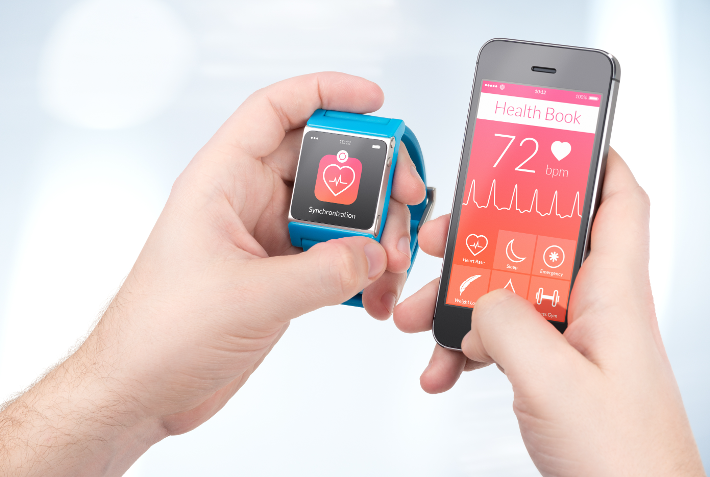
Genomics and Health: Understanding Your DNA for Better Health.
In the ever-evolving landscape of smartphone technology, foldable phones have emerged as the latest innovation, promising users a revolutionary new form factor and enhanced versatility. This article explores the concept of foldable phones, their potential applications, and the impact they may have on the future of mobile devices.

One of the primary advantages of foldable phones is their ability to provide users with a more immersive and engaging multimedia experience. With a larger unfolded display, users can enjoy enhanced video streaming, gaming, and content consumption, with improved clarity, detail, and immersion. Additionally, the flexibility of the display allows for new and innovative use cases, such as multi-window multitasking, split-screen applications, and seamless transition between different modes and orientations.
Moreover, foldable phones offer increased productivity and efficiency for users who rely heavily on their smartphones for work, communication, and productivity tasks. The larger screen size and improved multitasking capabilities enable users to comfortably view and interact with multiple apps, documents, and web pages simultaneously, making it easier to stay organized, focused, and productive on the go.
In addition to their consumer-facing applications, foldable phones also have potential implications for various industries and sectors, including education, healthcare, and enterprise. For example, in education, foldable devices could revolutionize the way students learn and engage with digital content, offering interactive textbooks, immersive educational experiences, and collaborative learning environments.
In healthcare, foldable phones could facilitate remote patient monitoring, telemedicine consultations, and medical imaging applications, allowing healthcare providers to deliver more personalized and accessible care to patients, regardless of their location or mobility.
Furthermore, in enterprise and business settings, foldable phones could enhance collaboration, communication, and productivity among remote and distributed teams, enabling seamless access to corporate resources, virtual meetings, and collaborative workspaces.
Despite their potential benefits and advantages, foldable phones also face challenges and limitations, including durability concerns, price accessibility, and software optimization. As with any new technology, it may take time for foldable phones to mature and become mainstream, with manufacturers addressing issues such as display reliability, hinge mechanisms, and user experience optimization.
In conclusion, foldable phones represent the next evolution in smartphone technology, offering users a new form factor and enhanced functionality that combines the best of both smartphones and tablets. With their flexible displays, multi-tasking capabilities, and innovative use cases, foldable phones have the potential to reshape the way we interact with mobile devices and unlock new possibilities for creativity, productivity, and entertainment in the digital age.